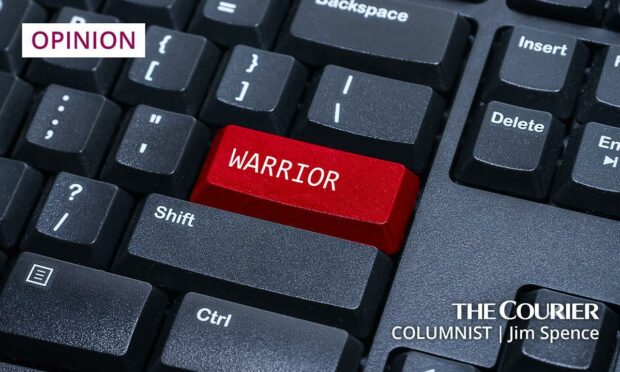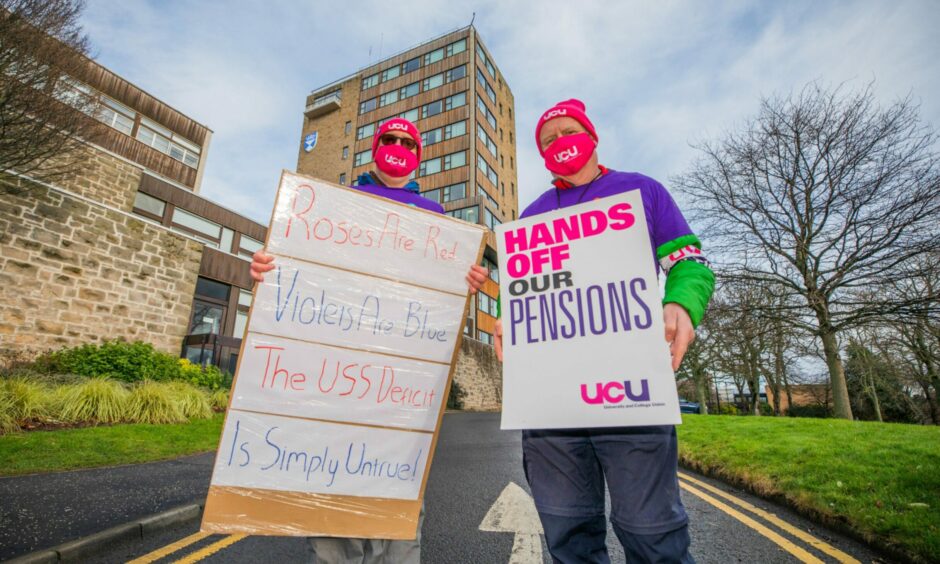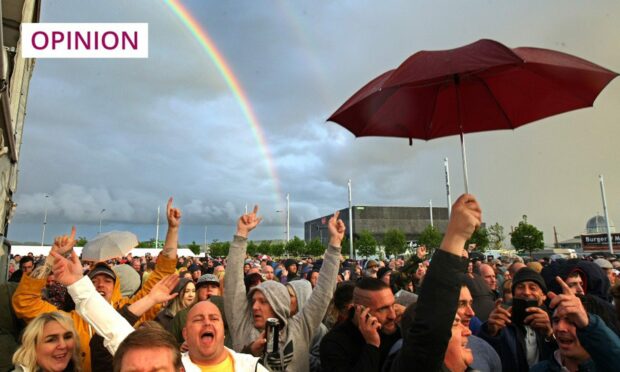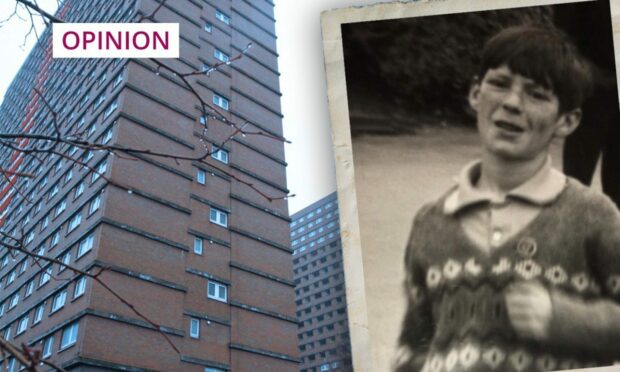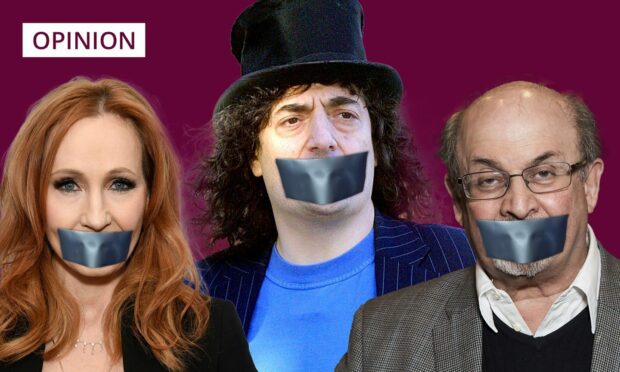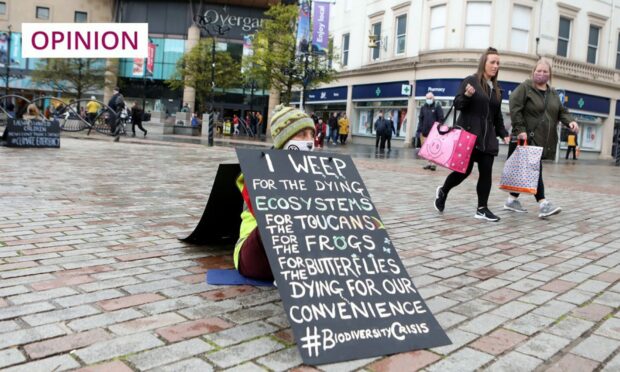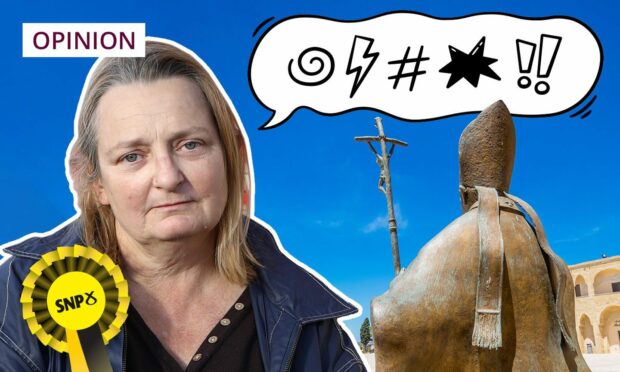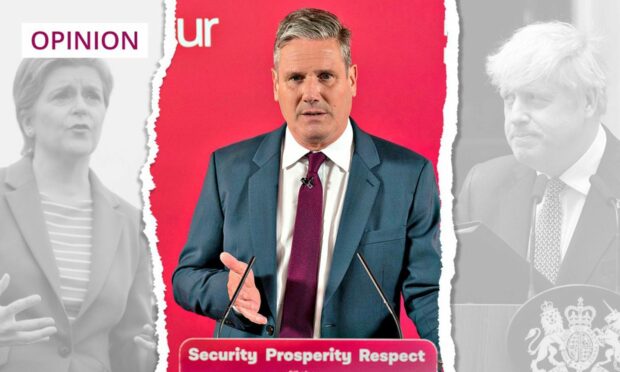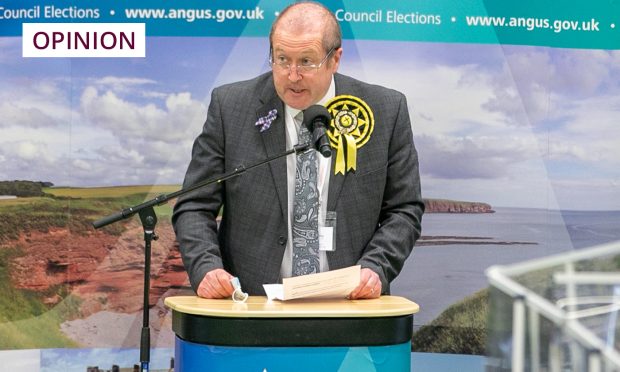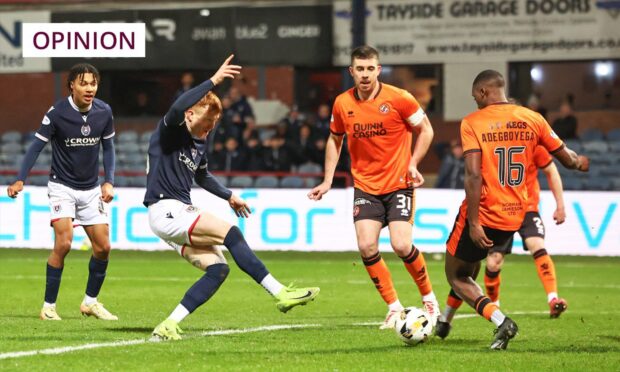I can’t be alone in being scunnered by social media and increasingly asking whether it’s worth the grief using it.
In my line of work it’s a handy tool but I’m finding the balance of usefulness increasingly outweighed by the grim reality of the experience.
As a forum for discussion and information it’s become a battleground not for ideas and debate but for false information, conspiracy theorists, and those who can brook no point of view except their own.
It’s become a stronghold of the sanctimonious and self-righteous.
No matter how robust your state of mind or your constitution, the constant assault on the senses by those who can see only one side of an argument is becoming more and more wearing.
I enjoy a bit of banter and blether on Twitter but I’ve pretty much given up entering any serious debate or dialogue on it.
Engaging in conversation on a medium which in the blink of an eye turns an innocent remark or throwaway thought into a raging bonfire of abuse is seriously bad for your peace of mind.
The World indoor athletics are a great watch but the interviews and punditry are fan club stuff 🤦♂️
— Jim Spence (@JimSpenceDundee) March 18, 2022
The problem with social media is that it’s a blunt tool.
Unlike being face to face with someone in the workplace, pub, or café, it doesn’t do nuance.
It can’t offer a raised eyebrow or a hearty guffaw in response to points of view.
Social media has only one response when it comes to argument and discussion and that’s Defcon One.
There’s no middle ground.
Tired of fighting keyboard warriors on social media
Any ambiguity is ambushed by aggression and innocent comment invokes invective.
Assumption and accusation are the default positions of too many users.
I’ve found that a favourite phrase in response to any thought I care to muse upon which doesn’t meet with someone’s approval is: “So what you’re saying is?”
No, what I’m saying is what I’ve said.
It’s not worth the energy trying to discuss a topic with someone who knows what you really mean, even when you didn’t mean what they know you meant.
The problem, and there is now apparently psychological evaluation to prove this, is that the medium is addictive.
Users get hooked on it and can’t wean themselves off it.
It’s a straight injection which overloads the brain and sensory faculties.
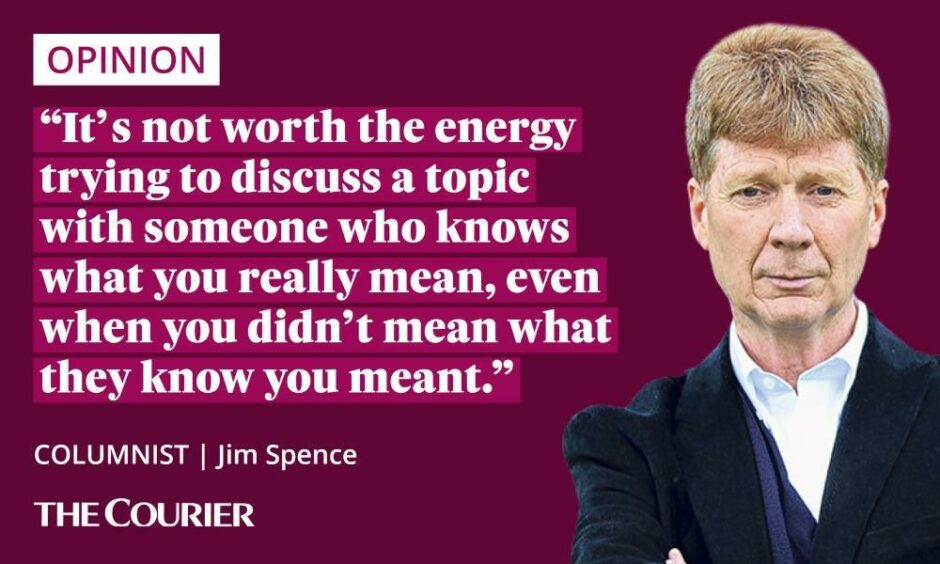
Otherwise intelligent folk resort to bile and belligerence on subjects as diverse as independence, Brexit, gender, Scots language, and of course football.
I once light-heartedly suggested that Michael Buble was a better singer than Frank Sinatra.
From some of the responses you’d have thought I’d nicked Mother Theresa’s collection money for the hungry and dispossessed.
Social media is even worse than a case of buyer’s remorse with a tattoo; those at least can be removed, albeit painfully and expensively.
What started out as a democratic forum where everyone could have their say has become an arena where keyboard gladiators wield their words like swords in an attempt to inflict serious injury.
Increasingly I’m not sure it’s worth the candle.
P&O scandal reminds us there’s strength in unity
The sacking of workers by P&O is an outrage.
If like me you grew up in an era where industrial disputes and strikes were rife, the callous way that management has made some of its workforce redundant is a brutal reminder of previous bitter battles between bosses and workers.
I wonder if employment rights are about to come under sustained attack on a number of fronts if these assaults on working folk go unchallenged.
It is lecturers, gas engineers, and seafarers today; it’s you and me tomorrow if this brutal form of managerialism goes unchecked.”
University lecturers have been engaged in strike action for a while now as their conditions and pensions are targeted while their principal’s salaries grow fatter.
British Gas also recently unilaterally changed terms and conditions of their engineers in a fire and rehire scheme which saw many long-standing employees binned for refusal to accept enforced changes.
Meantime the gig economy, where workers endure short-term contracts and freelance working conditions as opposed to permanent jobs and corresponding benefits, grows.
It is lecturers, gas engineers, and seafarers today; it’s you and me tomorrow if this brutal form of managerialism goes unchecked.
Struggles of the past threaten to resurface
Hard-won employment rights gained by the struggles and sacrifices of previous generations are in danger of being eroded and lost completely.
While battles in other areas like racial and gender equality have been fought, the fight to preserve and maintain decent conditions in the workplace has been neglected.
Trade union membership is low and while there are legitimate criticisms to be made historically of some union activity, collaboration and unity remains the most effective way for ordinary working folk to fight for better conditions.
Solidarity and strength might seem like a discredited theme from the past but individually, workers can be picked off much more easily than when they’re organised and united.
Every group of working people, whatever their skills and capabilities, are under threat when employment rights are treated in the cavalier way that we’ve seen in recent times.
The labourer and the lecturer have more in common than they might realise.
To use the old phrase, unity is strength.
United, the workers united at least have a chance of maintaining their rights; divided, they’re easy prey for unscrupulous bosses.
